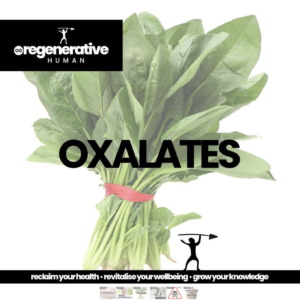Carnivore, keto, low carb, paleo… so many versions of eating but which one should you be following and why? Well that depends on you and your individual needs.
Carnivore
Carnivore, is a form of ketogenic diet that removes all plant based foods, it can be hugely beneficial for anyone with autoimmune disease for example. It’s the ultimate elimination diet that takes out all inflammatory foods, toxins and anti nutrients from the diet to aid healing. It can appear incredibly restrictive but for many who follow it, they report great success in healing, even reversing chronic diseases. The relief they get from the benefits of their diet far exceeds any feelings of restrictions of food and they can thrive on just a diet of animal produce.
Keto
A ketogenic or “keto” diet is one where the body uses an alternative fuel source, ketones, instead of glucose.
Ketosis is a natural metabolic state, we are born in ketosis and we evolved in ketosis until the introduction of agriculture when our diets changed significantly into one heavy in carbohydrates where we then went from ketosis to glycolysis where the body converts glucose for fuel instead.
In order to achieve ketosis we need to restrict or remove our carbohydrate consumption, usually to 20g or less a day and as a result our fat and protein intake goes up. As with carnivore, it helps to restore balance back to the body with many people reporting improvement and even complete reversal of many chronic diseases including diabetes, autoimmune diseases and other metabolic diseases, control of epilepsy, improvements in their mental health to name a few as well as weight loss and easily maintainable weight management.
Low Carb
A low carbohydrate diet is very similar in foods to keto but with the addition of a marginally higher carbohydrate allowance. It can still have many health benefits including helping to control blood sugar and insulin levels as well as weight control without feeling so restrictive, but without the benefits of therapeutic ketosis.
Paleo
The Paleo diet is based upon what our ancestors would have eaten during the Paleolithic era when humans first evolved and before the introduction of agriculture. Prior to agriculture Humans would have eaten from the land, they were hunter gatherers consuming meat, fish, nuts, berries and whatever else they could forage. Grains did not exist and because there was no farming during that period, neither did dairy or refined sugars. Hunter-gatherers would only have eaten what was available to them and this would have meant eating with the seasons. Various fruit, vegetables and nuts would not have been eaten all year through and they most certainly would not have been sprayed with chemicals and packaged in plastic as they are today. Most fruit and vegetables are permitted on a Paleo diet but due to today’s modern convenience this could prove too high in carbohydrates for those with diabetes, insulin resistance or sugar addiction.
An optimal way of eating
So which way of eating you choose largely depends on your own needs as an individual but what all these diets have in common are the removal of all ultra processed foods, the removal of added sugars and artificial sweeteners, grains, gluten, legumes, seed oils and (with the exception of Paleo), the lowering of natural sugars.
In order to find an optimal way of eating for your own needs you have to consider your own goals and challenges. For example, if you have sugar addiction, insulin resistance or diabetes a diet higher in carbohydrate consumption such as the Paleo diet would not be the best option for you as much as you might like the sound of more fruits and vegetables. Be honest with your needs and goals, research the benefits and pitfalls of the foods you eat and tailor make a sustainable plan you can stick to long term. Consistency is key!





